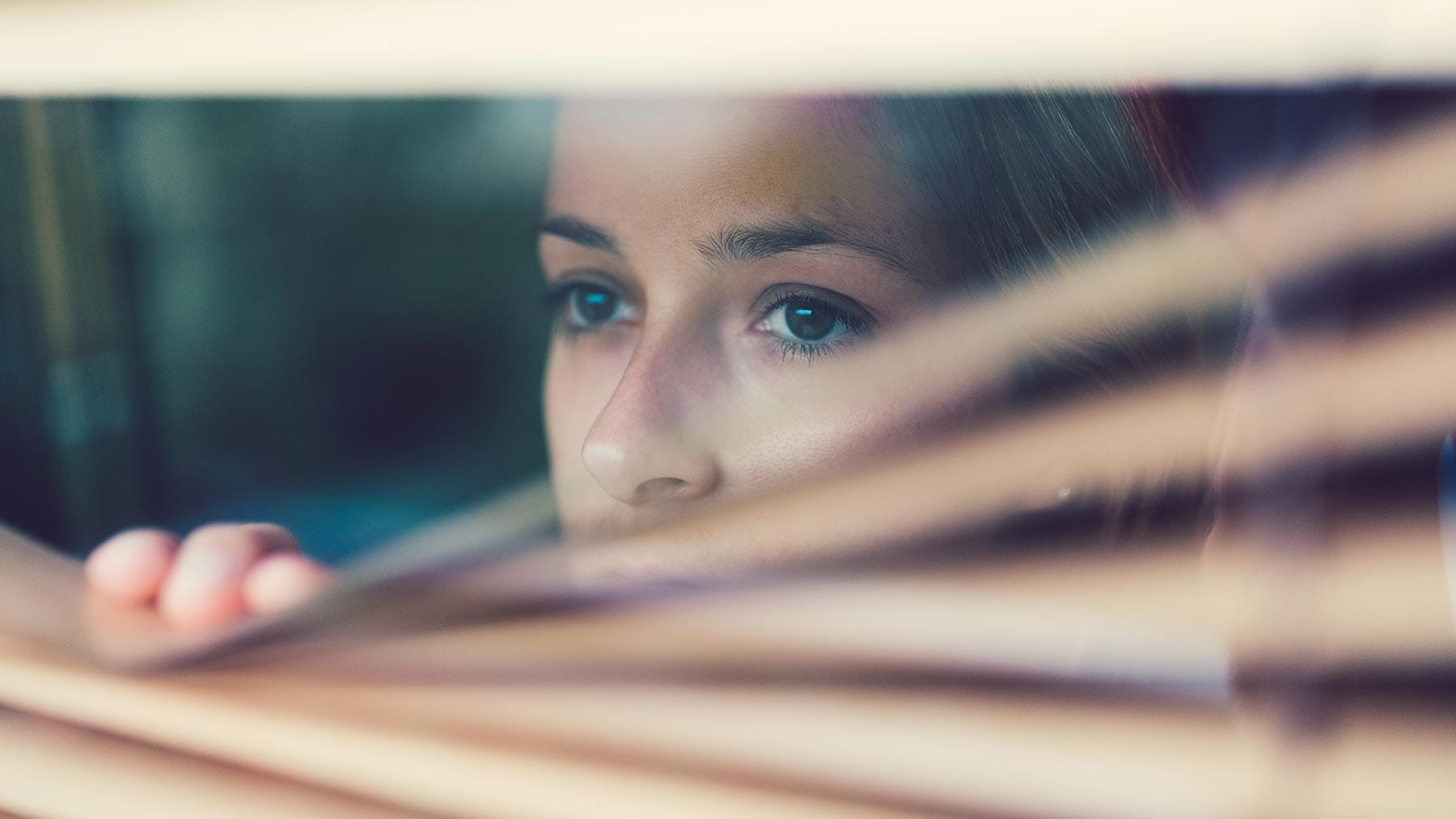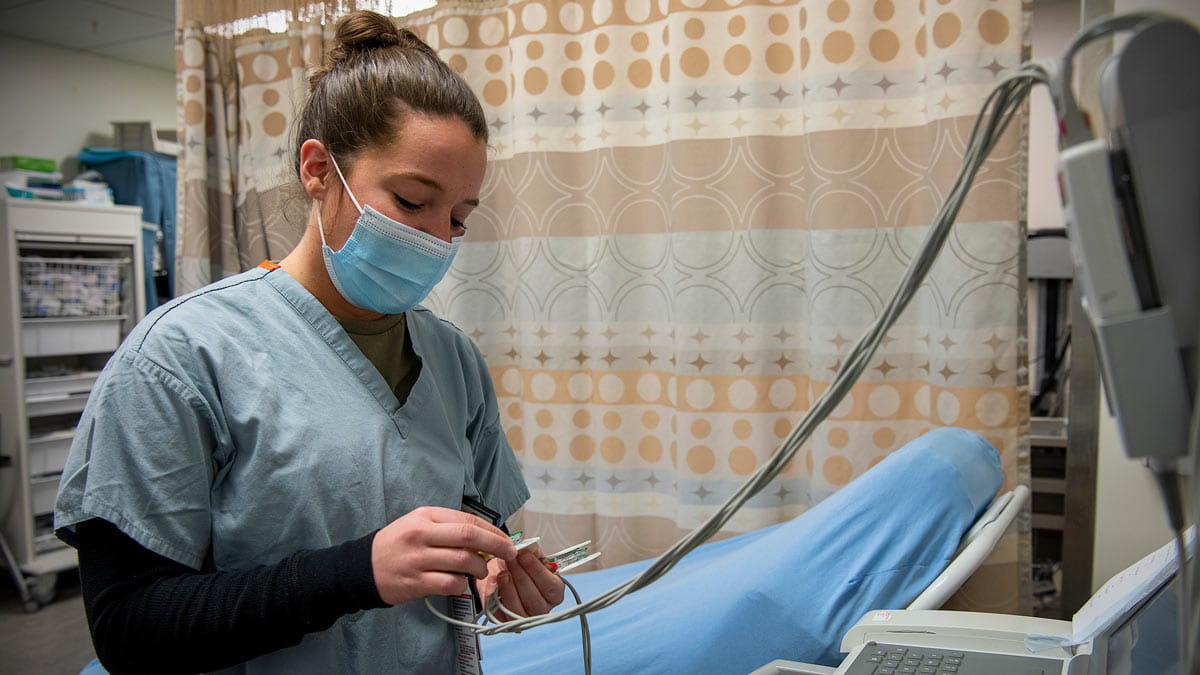What is social distancing?

Editor’s note: As what we know about COVID-19 evolves, so could the information contained in this story. Find our most recent COVID-19 blog posts here, and learn the latest in COVID-19 prevention at the Centers for Disease Control and Prevention.
Social distancing. It’s a term that’s being tossed around as federal, state and local officials implement measures to slow the spread of COVID-19 and prevent health care systems from being overwhelmed with patients.
It’s about creating physical distance between you and other people, as well as limiting social events where you might be exposed to large numbers of people.
Why maintain your distance
Early research shows COVID-19 spreads through droplets from coughs and sneezes that are inhaled by others or that land on surfaces that people touch and then touch their eyes, nose or mouth.
Ways to maintain your distance
Social distancing doesn’t mean hiding out in your home until the pandemic has been slowed. It means eliminating non-essential events and travel and, when you do leave the house, keeping a distance of 6 feet between you and the next individual.
The best way to practice social distancing is to take a look at your calendar and identify activities and events that should be cancelled or converted to an online option. Limit play dates for children, social events for adults and access to the elderly, especially those living in nursing homes as they’re the most vulnerable to COVID-19 infection. For example, grocery shopping can be completed online and picked up at the curb or delivered to your door. If you’re craving a meal from your favorite restaurant, it can be delivered as well. Meetings with friends can be done virtually and many churches stream religious services to decrease the possibility of exposure in congregations.
How social distancing prevents illness
Social distancing works best when we all do it—young and old, healthy and frail. Even if you don’t get sick, you could become a vector and transmit the virus to others.
One way we know social distancing indeed works is to look at the Spanish flu pandemic of 1918. Two cities—St. Louis and Philadelphia—took very different approaches. The city of St. Louis responded quickly, banning large gatherings and implementing extensive social distancing strategies. In Philadelphia, people remained social and the city allowed a large parade to be held. The number of people who died tells the story. St. Louis experienced one of the lowest mortality rates in the country, while 4,500 people died in Philadelphia by the end of one week.
How to maintain your well-being
At a time when unprecedented measures are being taken to prevent the spread of illness, things can seem a little surreal. It’s important to occasionally unplug from the media coverage and take advantage of the downtime. Go for a walk, catch up on leisure reading, take up a new hobby or reconnect with friends via phone or video chat. Protect your mental health by finding ways to relax and decompress. Practice good hand hygiene and keep high-touch surfaces clean. We’ll get through this.
Sophia Tolliver is a primary care physician at The Ohio State University Wexner Medical Center and assistant professor of family medicine at The Ohio State University College of Medicine.




